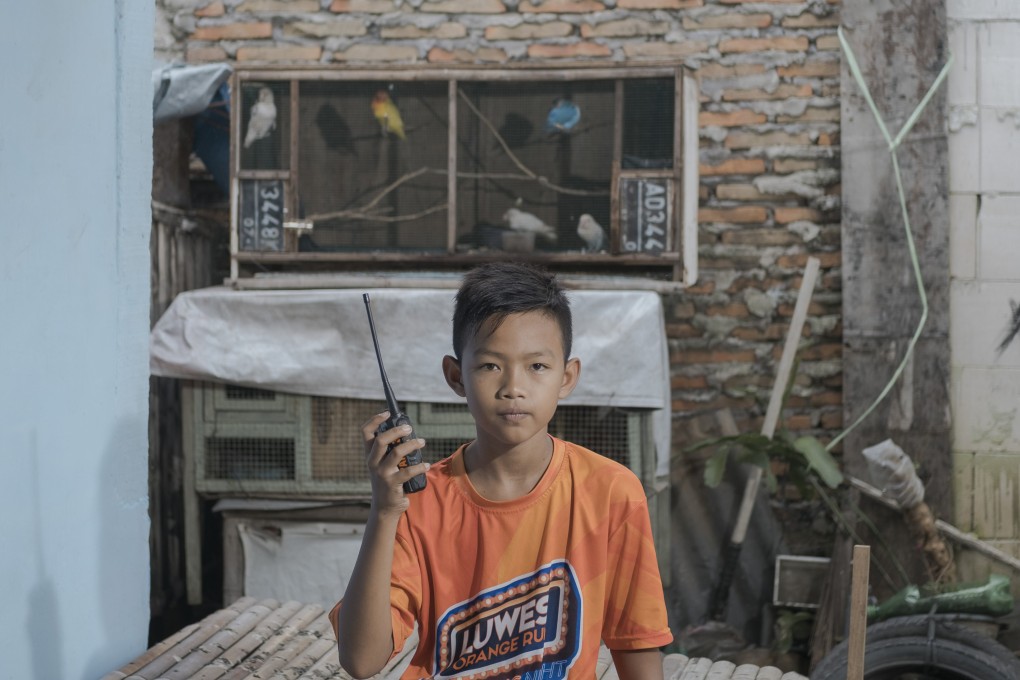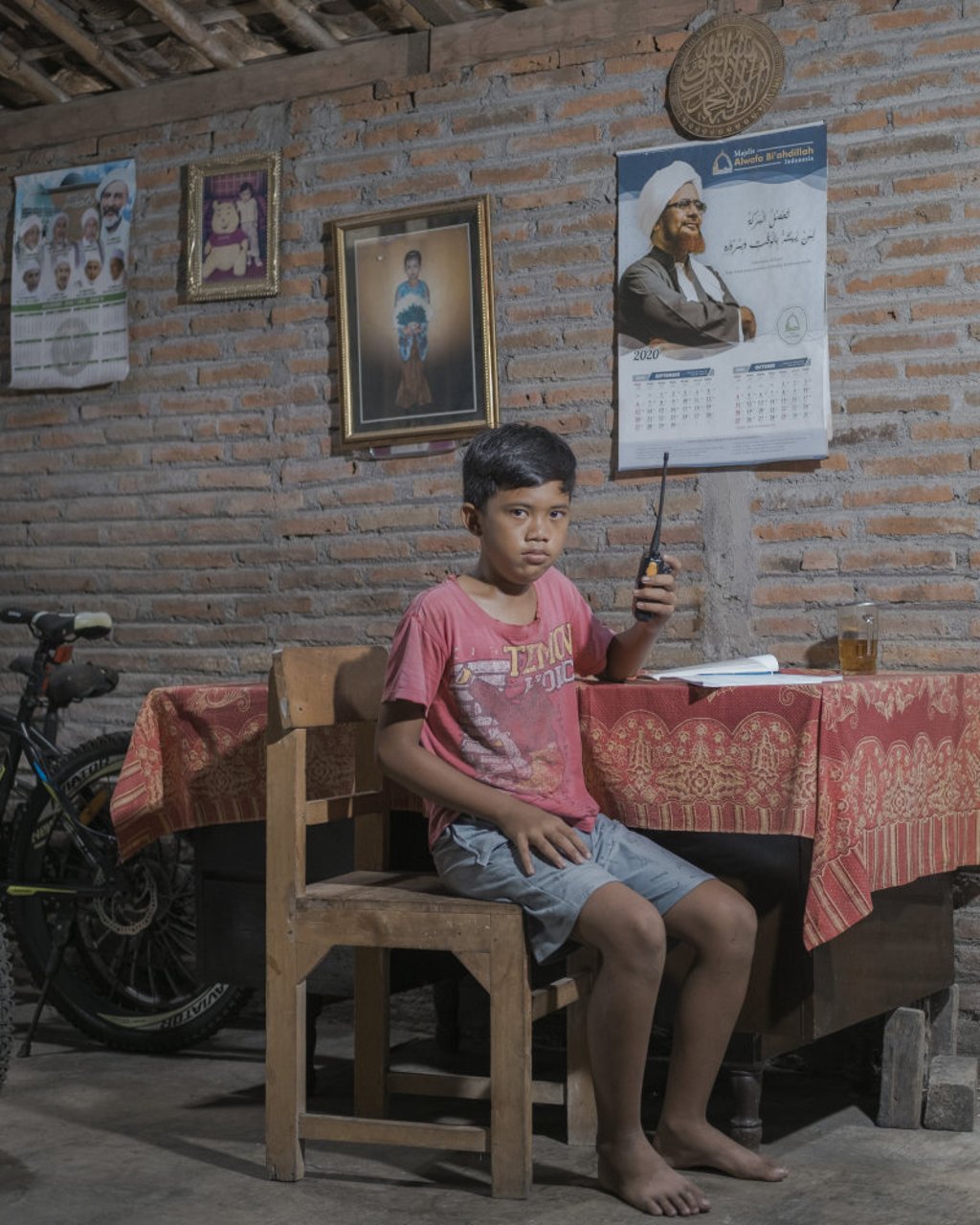Distance learning with a difference: the walkie-talkies Indonesians turned to in order to keep lessons going
- While schools around the world held their classes online during the pandemic, teachers at a primary school in Surakarta, Central Java, had to a lo-tech option: walkie-talkies

On March 16, 2020, Indonesia’s Minister of Education and Culture, Nadiem Makarim, supported regional government policies to close schools and universities, as the country grappled with its Covid-19 crisis.
Just 12 days earlier, on March 4, Unesco had noted that Covid-19 was disrupting the education of 290.5 million students globally. Data from the Indonesian Ministry of Education and Culture showed nearly 70 million of those were in Indonesia.
While many parts of the world struggled to round up enough tablets and laptops for an unknown period of distance learning, in Surakarta, Central Java, “only 70 per cent of our students even have cellphones”, noted teacher Sigit Pambudi, of SD Negeri Mojo Elementary School. “Even of those, most of the phones belong to their parents, so they have to share.”
Acknowledging the problem, in Indonesia’s rural districts local governments provided mobile phones to students deemed economically disadvantaged. But, Sigit says, “We only got two phones for each class. Of course it was insufficient.”

At first, Sigit and his fellow teachers conducted online classes using the phones available, but after a month, attendance flagged to the point where some students disappeared. So SD Negeri Mojo teachers turned to another technology at hand: walkie-talkies.
